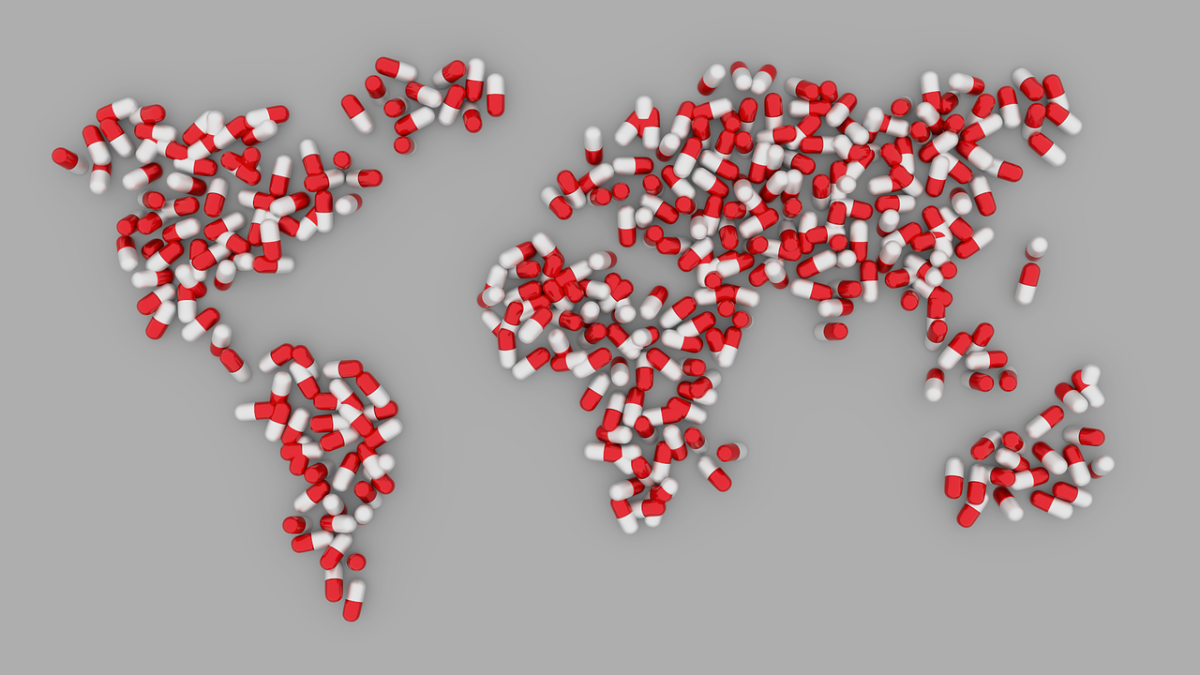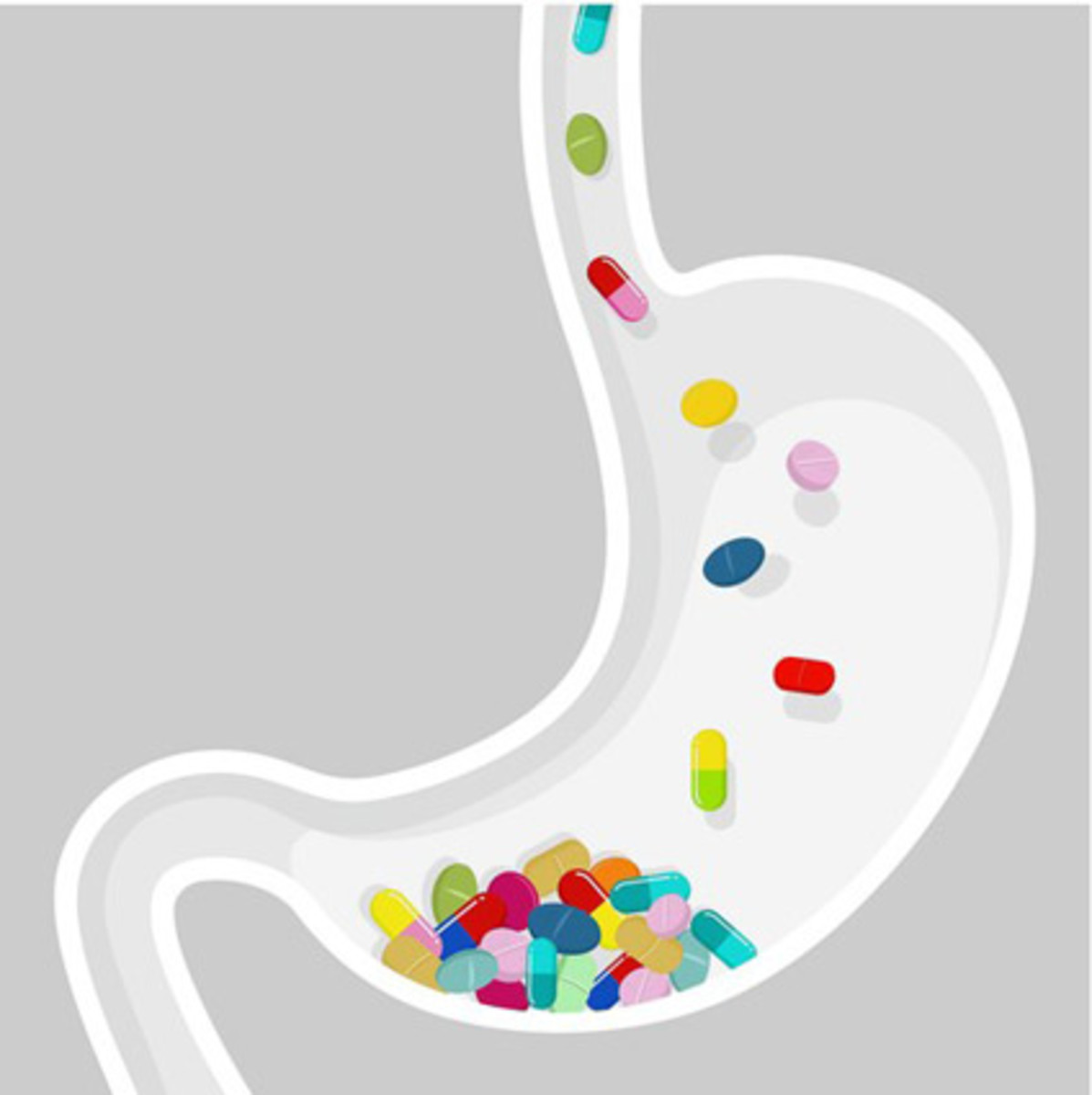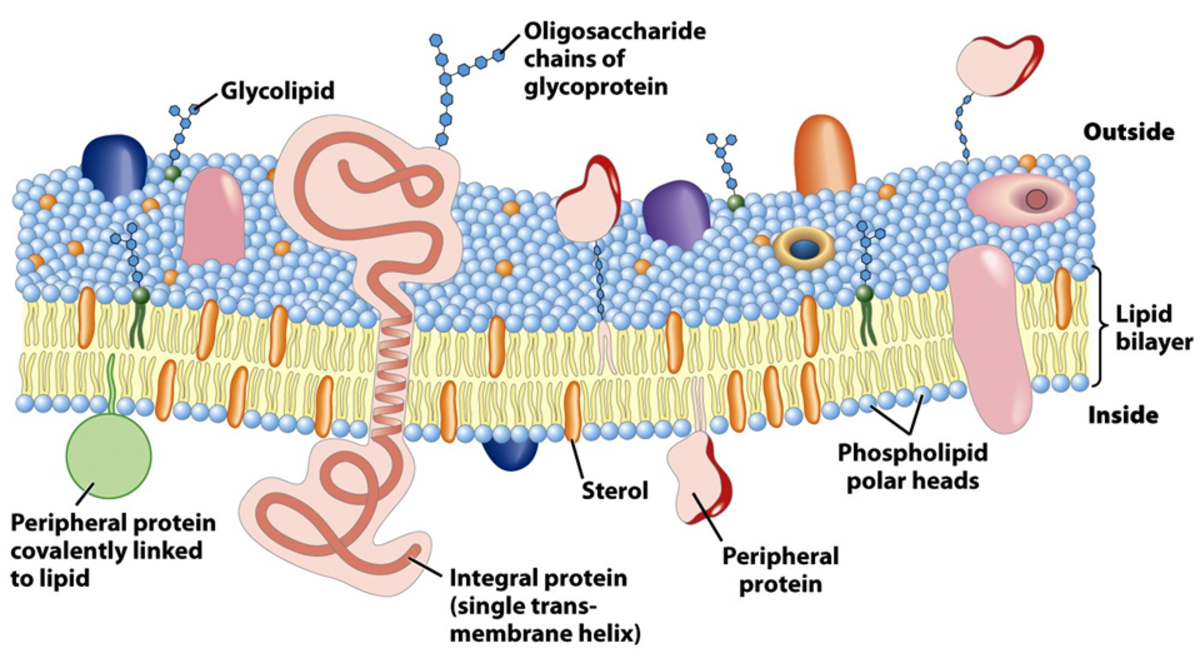Factors Associated With Relapse of Opium Dependence After Treatment and Rehabilitation in Internally Displaced Persons
Abstract: Background: Opium dependence is one of the serious and multidimensional problems. Millions of people are opium addicts throughout the world. Aim: Aim of this study was to determine the factors associated with relapse of opium dependence in IDPs. Methodology: Study was conducted in the Drug Detoxification and Health Welfare research center, Bannu, KPK, Pakistan. Socio-demographics characteristics of IDPs were studied in this retrospective cross-sectional study. The questionnaire was specifically designed and a total of 41 relapse individual’s histories of post-treated IDPs was collected from the above-mentioned rehabilitation center. Results: Percentage of relapse factors in IDPs were stress 36.59%, family conflicts 19.51%, friends 12.20%, workable 09.76%, body aches 07.31%, sexual satisfaction 09.76% and fun 04.87%. The average time of relapse in IDPs was 6 months. Conclusion: From the resulting stress possess high graph of percentage and was the most responsible factors directing IDPs towards relapse. It is concluded that attention must be paid on the crucial factors of stress to avoid relapse associated with opium dependence as, family conflicts, personal, occupational and economic status.
Introduction
Pakistan is situated in an area which produces most of the world’s opium containing morphine, heroin, and codeine. It is added that Pakistan is restrained with 70% of Afghanistan’s opium which produces 80% of the world’s illegitimate opioids including morphine[1]. Opium is quite familiar for analgesic, sleep induction and relief of bowels etc. The raw form of opium is processed for various alkaloids like morphine (10%) ,papaverine (1%), codeine (0.5%),noscapine (0.5%) and thebaine (about 0.2%)[2-4]. In 2008 the WHO annual survey expressed that approximately 200 million people are opiate abusers worldwide[5]. In 2010 between 24 and 35 million adults globally of age ranging from 15-64 year used outlaw opiates[6]. In Pakistan, an estimated population of 6.7 million people had used different controlled substances and misused of medicinal drugs as well. Of these 4.2 million people are addicts. Opiates are the second most abused drugs with the figure of 1.06 million including 320000 opium users after cannabis having 4 million users[7]. In 2013, 2.7 million Pakistani peoples were opium users and also found from the survey that women mostly misused opioid-based painkillers[8]
The adaptive condition develops from a drug due to the continuous administration of it on regular basis may be termed as Drug dependence[9] and relapse is mostly concern with addiction which is the worsening in the state of someone’s health after a period of betterment. Relapse is the complete return of previous symptoms. Within 1 year of treatment, 85% of relapse is noted [10-12]. According to American Society of Addiction Medicine,2017(ASAM) Public Policy Statement addiction can be defined as a chronic disease associated with brain wages , motivation, retentivity and similar circuitry which causes craving, an inability to refrain from and disablement in behavior hold[13]. Many pathways have been suggested for addiction but the most studied one is the mesolimbic dopamine pathway. This pathway includes the dopaminergic neurons in the ventral tegmental area (VTA) of the midbrain, which aims the limbic forebrain in which the nucleus accumbens(NA) is mostly targeted[14]. For the treatment of opiate addiction, Food and drug administration authority [FDA] approved Naltrexone, methadone, buprenorphine, naloxone, clonidine, and lofexidine showing best treatment results than non-medication based therapies. Change in lifestyle show retention rate about 80% [6, 15-20].
The aim of the study
The basic aim of this study was to determine all those relapse factors associated with internally displaced persons (IDPs) which compel them towards opium dependence.
Methodology
Retrospective cross-sectional study was conducted from January 2014 to November 2016 at the rehabilitation center of Bannu, Khyber Pakhtunkhwa, Pakistan. The study was approved by the ethical committee of the Department of Pharmacy, Kohat University of science and technology (KUST), Kohat. Out of 107 histories of opium dependents, in 52 histories relapse was clearly mentioned, who were second time admitted in a rehabilitation center for treatment, all others dependents were 1st time admitted in rehab to get rid of opium dependence. In relapse histories, eleven individuals DAST and questionnaire-based histories were incompletely filled which were excluded from this study. Finally, 41 questionnaires based histories were analyzed and collected. All those patients with age limit 25-70 years who were properly diagnosed and confirmed by the psychiatrist as opium addicts and relapse occurred in them were included in this study. All those patients who were addicted other than opium and patients having psychological disorders were excluded from the study. Alcohols addicts in combination with opium were also excluded.
Study DAST and Questionnaires
DAST test and a researcher-developed questionnaire were used in this study. Questions were about the Socio-demographic characteristics of IDPs such as gender, age, education, job, and some items about associated factors with relapse, occupation factor with six items (labor, unemployment, government servant, driver, self business, housewife), economic factors with three items (poor, middle class, upper class), abuse factors with two items (opium, polydrug abuser) and education factor with two items (illiterate, educated). Because of psychiatrist help and under their supervision each participant completed questionnaires. Faculty members of Departments of Psychiatry confirmed the content reliability of the questionnaire. In all consented IDPs relapse are observed.
Results
Relapse individuals with male gender were 97.56% and female were 2.44% with age range from 21-40 year were 51.21% and 41-60 year were 41.46%. Illiterate subjects were 80.49% and educated were 19.51%. 87.80% people were poor and 12.20% were from the middle class with the occupation of labor 58.53%, unemployed 21.95%, government servant 12.20%, housewife 02.44%, driver 02.44%, and self-business 02.44%. Married IDPs counts were 90.24% and single were 09.76%. Only opium abusers slip towards relapse were 07.32% and opium in combination with other polydrug abusers fall in relapse were 92.78%.All socio-demographics categorization are shown in Table 1.
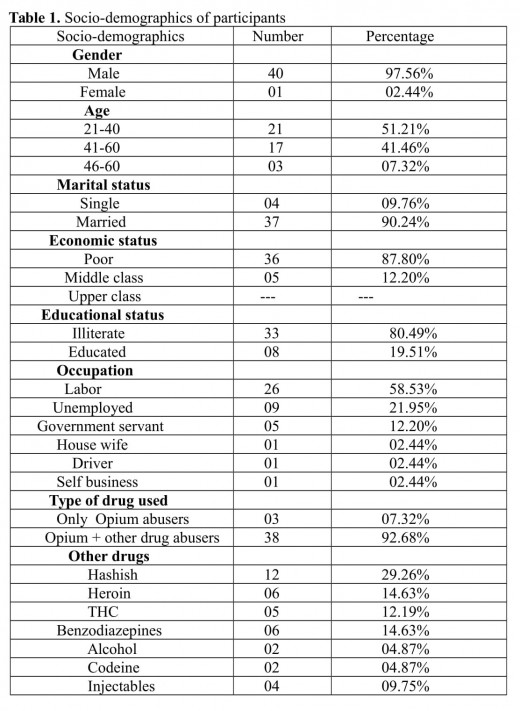
From the questionnaire of opium dependents high percentage characteristics which can be considered responsible for relapse are illiteracy 80.49%, polydrug abusers (opium in combination with other drugs) 92.68%,
poor 87.80%, occupationally labor 58.53% and unemployment 21.95% respectively. Data extracted from relapse patient histories, the main key factors causing relapse are mention in below figure 1:
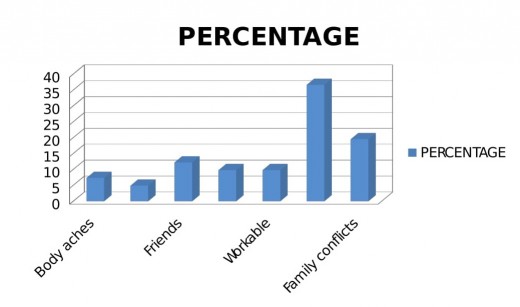
From patient histories the factors causing IDPs diverting towards relapse are mostly due to stress, anxiety, pressure as 15, 36.59%, family conflicts 8,19.51%, fun 2, 04.87%, friends 5, 12.20%, sexual satisfaction 4, 09.76%, workable 4, 09.76%, body aches(to get relief from pain) 3,07.31%. An average time of relapse in IDPs was 6 months. Total percentage of relapse patients in BANNU rehabilitation was 48.59%.
Discussion
Opium mostly cultivated in Afghanistan which touches Waziristan boundary of Pakistan and this Afghanistan-Pakistan borderline is the key area of production and trafficking of opium. Due to opium smuggling, people of tribal areas connected with opium were easily dependence of opium. Our random collected histories for cross retrospective study from Bannu rehabilitation center of KPK province of Pakistan, 41 IDPs had got treatment and were recovered from opium and other drugs abuse. Because of the terrorist attack of the Taliban in North Waziristan and other tribal areas people migrated towards different safe cities of Pakistan. They lost most of their sibling and relative’s life, lost homes, business etc and severely fall in environmental stress. To fight with stress 36.59% IDPs took support of opium abuse in combination with other drug[21, 22] According to the Tension releasing theory by Cappell and Greeley(1987) and other studies stress through coping mechanism leads individuals towards relapse, most of the opium users are mostly in touch with the stressors events like unemployment, family conflicts, death of life partner, siblings and parents etc[23]. Our study suggests that friends play supportive and critical roles in
encouraging to abuse drugs and friends are one of the negative factors in relapse of drug abuse in IDPs. This types of friends who are previously addicted and using different types of substance for the purpose to feel well are risky for freshly treated opium users[24-26]. In findings, the most important factors in relapse of drug abuse were family conflicts. Within their communities, IDPs are exposed to severe, chronic stress because of low economic status, poverty, and unemployment which enhance their psychological distress and convinced to relapse of drug abuse to get relief from stress, tensions, and anxiety. Family conflicts, unemployment, and illiteracy etc are directing path toward stress in different ways which give alarms to use substances in order to get rid of stress. Narcotics, alcohol and opium etc decreases stress in different mechanisms due to which person take the support of drugs. In order to work more and well people take the support of opiates and because of analgesics effect of the opiate, it is used in various diseases like cancer, to feel well and relieve from pain[26-28]. Regular use and its euphoric effect lead to addiction and post-treated addict go toward relapse. Post treated addicts with polydrug abusers abusing more than one drug in which opium was abuse as compulsory have shown high figure among relapsed. Most of the people use opium for fun in order to get pleasurable feelings and moments. Opium causes the release of peptide hormone endorphins which binds with the opioid mu-receptor trigger pleasurable feelings and most people become addicted to the use of opium. After the treatment from opium addicts, the same people keep craving for such pleasurable sensation followed by relapse. Fun has a direct relationship with the production of pleasurable moments. For the fun and enjoyment, most of the individuals use opium, the relapse factor in my collected histories[29]. Findings of our study show stress because of discussed factors, keep the relationship with addicted friends, sexual satisfaction, workable, fun, illiteracy and polydrug abusers etc were the most associated factors in relapse of opium dependence.
Limitations
Sample size collected from the rehabilitation center of Bannu, KPK, Pakistan was less due to the relapse which was only found in 52 patient histories out of 107 histories. In 52 histories, 11 histories were incomplete; finally, 41 histories with relapse were analyzed.
Conclusion
It is concluded from the present study that attention should be given to clean our environment by the government etc from the substances which are abused as in this case an easy approach to the opium by the pre and post-addicts and proper counseling must be given by the professional physician and pharmacists in the use of opiates for the post addicted individuals if he/she having disease like cancer etc in order to avoid risk of relapse. Spiritual debates must be organized for the purpose of the motivation of health care. Further crucial factors of stress on which attention must be paid to avoid relapse associated with opium dependence are family, personal, occupational and economic status.
Acknowledgments: The author is very thankful the District Health Rehabilitation center of Bannu, Khyber Pakhtunkhwa, Pakistan and thanks to Marium Azim Hospital Pharmacist, Assistant Professor Imran Khan Department of Pharmacy KUST helping me in the completion of this paper.
Refereneces
1. Niazi, M., K. Zaman, and W. Ikram, Is Poverty To Be Blamed For Narcotic Abuse? A Case Study of Pakistan. International Journal of Basic & Applied Sciences, 2009. 9(10): p. 147-153.
2. Postler, M.A. and D.B. Waisel, An Historical Perspective on Opium and its Therapeutic Uses throughout the Eighteenth and Nineteenth Centuries. Bulletin of Anesthesia History, 1997. 15(2): p. 3-5.
3. Schiff, P.L., Opium and its alkaloids. American Journal of Pharmaceutical Education, 2002. 66(2): p. 188-196.
4. Kalant, H., Opium revisited: a brief review of its nature, composition, non‐medical use and relative risks 1. Addiction, 1997. 92(3): p. 267-277.
5. Afkar, A., S.M. Rezvani, and A.E. Sigaroudi, Measurement of factors influencing the relapse of addiction: a factor analysis. International Journal of High-Risk Behaviors and Addiction, 2017. 6(3).
6. Bart, G., Maintenance medication for opiate addiction: the foundation of recovery. Journal of addictive diseases, 2012. 31(3): p. 207-225.
7. Din Mohammadi, M., K. Amini, and M. Yazdan Khah, Survey of Social and Environmental Factors Related to the Relapse of Addiction in Volunteer Addicted Individuals In Welfare Organization of Zanjan. ZUMS Journal, 2007. 15(59): p. 85-94.
8. https://www.asam.org/docs/default.../asam-opioid-patient-piece_-5bopt2-5d_3d.pdf.
9. Maddux, J.F. and D.P. Desmon, Addiction or dependence? Addiction, 2000. 95(5): p. 661-665.
10. Robinson, T.E. and K.C. Berridge, The psychology and neurobiology of addiction: an incentive-sensitization view. Addiction, 2000. 95(8s2): p. 91-117.
11. Sinha, R., New findings on biological factors predicting addiction relapse vulnerability. Current psychiatry reports, 2011. 13(5): p. 398.
12. Brandon, T.H., J.I. Vidrine, and E.B. Litvin, Relapse and relapse prevention. Annu. Rev. Clin. Psychol., 2007. 3: p. 257-284.
13. Pérez-González, A., et al., Protective factors promoting resilience in the relationship between child sexual victimization and internalizing and externalizing symptoms. Child abuse & neglect, 2017. 72: p. 393-403.
14. Nestler, E.J., Is there a common molecular pathway for addiction? Nature Neuroscience, 2005. 8(11): p. 1445.
15. Gold, M., D.E. Redmond Jr, and H. Kleber, Clonidine blocks acute opiate-withdrawal symptoms. The Lancet, 1978. 312(8090): p. 599-602.
16. O'Connor, P.G., et al., Three methods of opioid detoxification in a primary care setting: a randomized trial. Annals of internal medicine, 1997. 127(7): p. 526-530.
17. Kleber, H.D., et al., Clonidine in outpatient detoxification from methadone maintenance. Archives of general psychiatry, 1985. 42(4): p. 391-394.
18. Kleber, H.D., Pharmacologic treatments for opioid dependence: detoxification and maintenance options. Dialogues in clinical neuroscience, 2007. 9(4): p. 455.
19. Riordan, C. and H. Kleber, Rapid opiate detoxification with clonidine and naloxone. Lancet, 1980. 315(8177): p. 1079-1080.
20. Vining, E., T.R. Kosten, and H.D. Kleber, Clinical Utility of Rapid Clonidine‐naltrcxone Detoxification for Opioid Abusers. British journal of addiction, 1988. 83(5): p. 567-575.
21. Mansfield, D. The Economic Superiority of Illicit Drug Production: Myth and Reality---Opium Poppy Cultivation in Afghanistan. in International Conference on Drug Control and Cooperation, Feldafing (January 7-12). 2002.
22. Mansfield(Consultant), D., The Economic Superiority of Illicit Drug Production: Myth and Reality, Opium Poppy Cultivation in Afghanistan August 2001.
23. Hassanbeigi, A., et al., The relationship between stress and addiction. Procedia-Social and Behavioral Sciences, 2013. 84: p. 1333-1340.
24. Gyarmathy, V.A., and C.A. Latkin, Individual and social factors associated with participation in treatment programs for drug users. Substance use & misuse, 2008. 43(12-13): p. 1865-1881.
25. Martin, W. and D. Jasinski, Physiologic parameters of morphine dependence in man--tolerance, early abstinence, protracted abstinence. Psychiatry Digest, 1970. 31(7): p. 37 passim-37 passim.
26. Noormohammadi, M.-R., et al., Spiritual well-being and associated factors with relapse in opioid addicts. Journal of clinical and diagnostic research: JCDR, 2017. 11(3): p. VC07.
27. Hasin, D., et al., Effects of major depression on remission and relapse of substance dependence. Archives of General Psychiatry, 2002. 59(4): p. 375-380.
28. Seyedfatemi, N., H. Peyrovi, and A. Jalali, Relapse experience in Iranian opiate users: a qualitative study. International journal of community-based nursing and midwifery, 2014. 2(2): p. 85.
29. https://drugabuse.com/library/the-effects-of-opiate-use/.
This content is accurate and true to the best of the author’s knowledge and does not substitute for diagnosis, prognosis, treatment, prescription, and/or dietary advice from a licensed health professional. Drugs, supplements, and natural remedies may have dangerous side effects. If pregnant or nursing, consult with a qualified provider on an individual basis. Seek immediate help if you are experiencing a medical emergency.
© 2019 Abid Hayat



